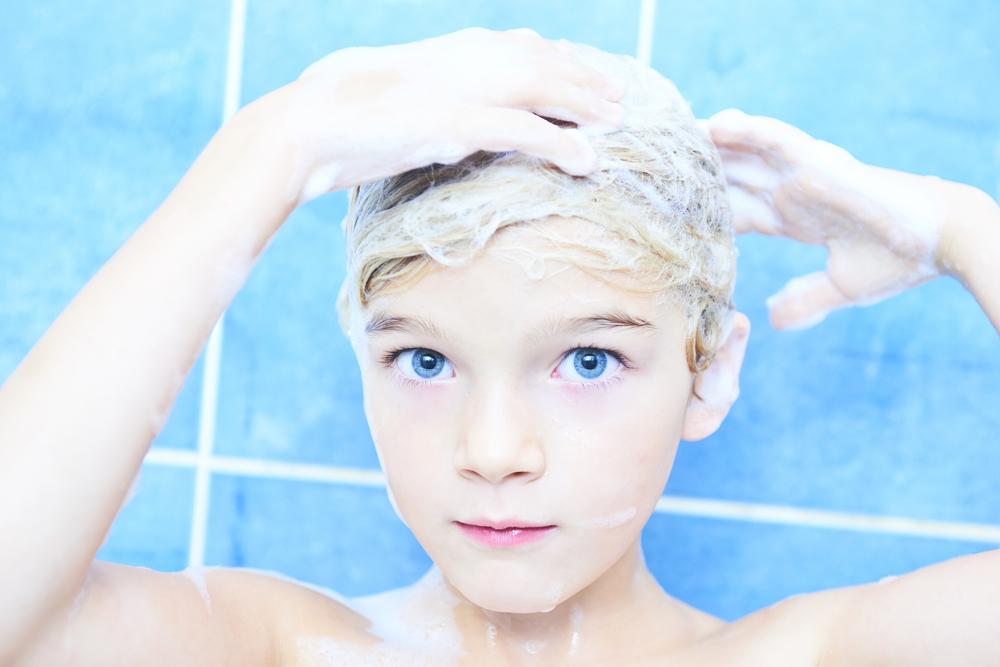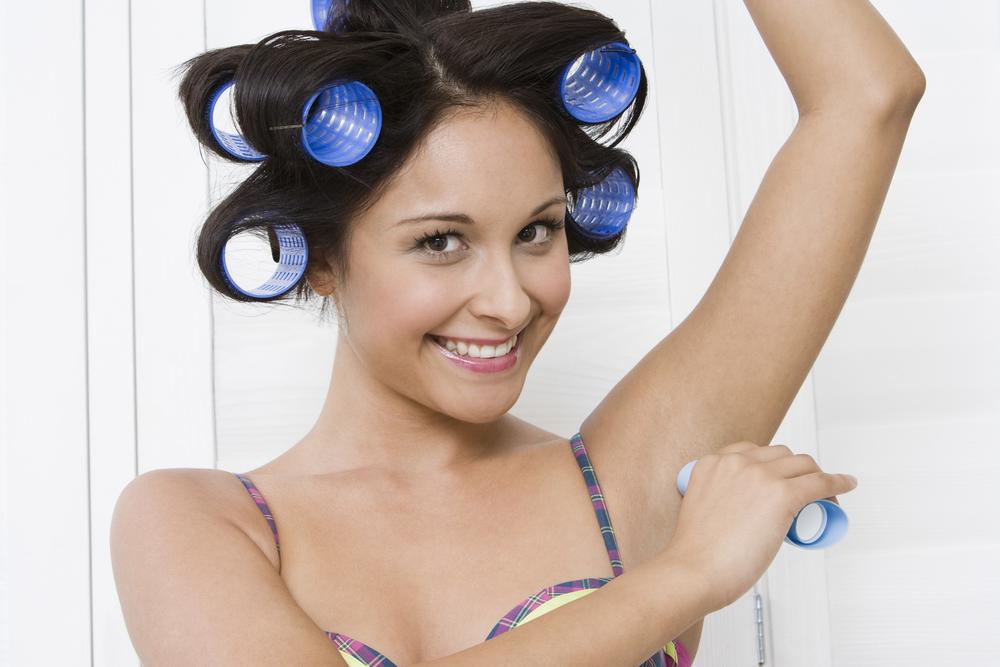Switching Shampoo: A Strategy to Reduce Hair Loss
Discover how changing your shampoo can effectively reduce hair fall by adapting to age, environmental factors, and chemical treatments. Learn practical tips for choosing the right products to maintain healthy, strong hair at every stage of life.

Benefits of Changing Your Shampoo to Manage Hair Fall
Achieving healthy, luscious hair is a priority for many, prompting the use of specialized hair products like anti-hair fall shampoos, conditioners, and styling items. People often switch shampoos periodically, believing it accelerates hair growth or reduces hair loss. While scientific proof is limited, there are valid reasons supporting this practice. For example, as we age, our hair needs evolve, making it necessary to adapt shampoos. Seasonal changes, environmental pollutants, and chemical treatments also influence the choice of hair care products. Using age-specific or environmentally suited shampoos can significantly improve hair health, making switching shampoos a helpful strategy for managing hair fall effectively.
Age-Related Changes
Hair's requirements shift as we grow older. A shampoo that worked well in your twenties might no longer suit your hair in your late thirties or beyond. Recognizing these changes and choosing age-appropriate hair products is essential for maintaining healthy hair. Transitioning to shampoos designed for specific age groups can help keep hair strong, shiny, and manageable.
Environmental Influences
Environmental factors such as seasonal shifts, pollution, chlorine, and sand can deteriorate hair quality. For instance, winter-hydrating shampoos may not work well in summer, leading to oiliness and greasiness. Exposure to pollutants or swimming without protection can make hair dry and brittle. Switching to protective or clarifying shampoos that combat these environmental effects can help preserve hair strength and appearance.
Chemical Hair Treatments
Post-chemical treatments like coloring or straightening, your hair’s needs change. The chemicals used can alter hair texture and health, rendering your usual shampoo less effective. Consulting your hairdresser about suitable products after such treatments is advisable. Using specially formulated shampoos like color-protect or nourishing variants can support hair recovery and health. Adjusting your shampoo choice based on your hair's condition ensures ongoing hair care success.
By understanding your hair's evolving needs and environmental influences, you can make informed decisions about switching shampoos. This proactive approach helps maintain healthy, resilient hair over time.
Note:
The information shared here serves as a guide. Always consider individual hair needs and consult professionals for personalized advice. The site does not guarantee complete accuracy or suitability for all hair types.










